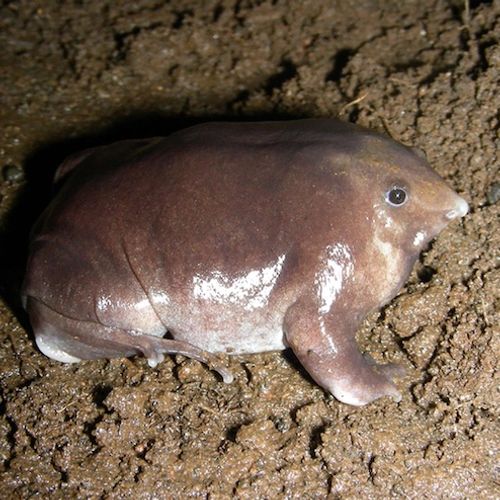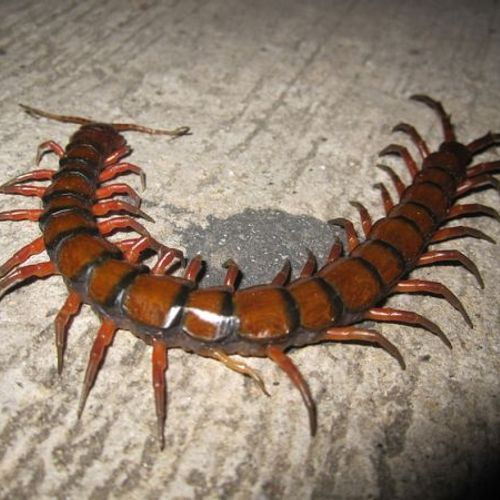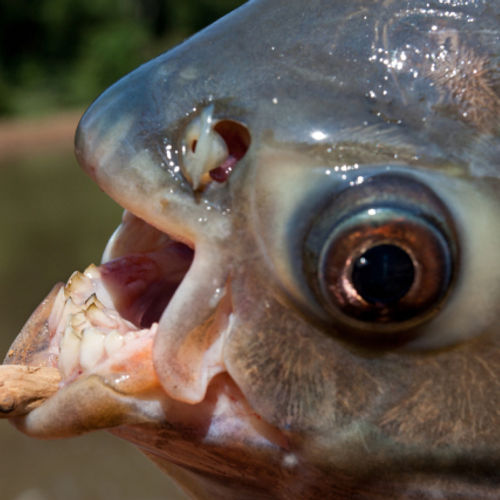
| Added | Thu, 31/08/2017 |
| Источники | |
| Дата публикации | Wed, 30/08/2017
|
| Версии |
Scientists have discovered an unusual frog species in the mountain chain of the Western Ghats in India. From amphibious shiny purple skin, light blue rings around the eyes and a pointy pig's nose.
The team named the new species Nasikabatrachus bhupathi in honor of his colleague Dr. Subramaniam Dada, the distinguished Herpetology who died in these mountains in 2014.
Its strange appearance amphibian acquired over many years of evolution. Small eyes, long snout, short legs with webbed durable — every feature of her anatomy allows the frog to spend almost all their lives underground.
They eat too far from the surface, using its long, grooved tongue to collect ants and termites underground. Bhupati is closely connected with another purple frog, N. sahyadrensis found in the region in 2003. Together, they constitute the only known members of his family. "This line of frogs is very ancient and has very little variety," says Elizabeth Prandini, herpetologist from the American Museum of natural history and co-author of the study.
Only one thing can lure the purple frogs from their underground kingdoms, the rain. When the monsoon season begins, the males start "singing" from under the sand in mountain streams, calling females. In a day or two delayed from the eggs the tadpoles, says Ramesh Aggarwal, senior author of the new study and molecular geneticist at the Centre for cellular and molecular biology in Hyderabad, India.
But unlike the tadpoles of many species of frogs that spend their days swimming in pools and ponds, the larvae develop bhupati mouths, similar to the mouth of the fish-prilipaly. With their help, the tadpoles kept on the rocks behind the falls, where they graze on algae using a tiny teeth.
Hanging by a thread tadpoles spend about 120 days in the torrent. After larval purple frogs say goodbye to the outside world and go into the dungeon.
"Frogs are striking in their ability to adapt, and bhupati living proof," says biologist Jodi Rowley.
According to her, throughout the world there are species of frogs that can burrow to avoid periods of drought, but this Indian purple frog has brought his lifestyle to extreme, able to adapt to underground conditions.
The discovery is also interesting how the distant cousin of her immediate family. Both species are purple frog develop independently from other types of frogs for a very long time. Their closest relatives inhabit in India and in the Seychelles, which are closer to Africa.
In General, the new kind of shows how little we know about the world of amphibians, says Rowley. "Frogs are one of the most vulnerable animals on the planet, with 42% of species are threatened with extinction. But we still don't know how many more there are frogs and other amphibians".
A study published in the journal Alytes.
Translated by «Yandex.Translator»
© JEGATH JANANI
Translated by «Yandex.Translator»
Новости со схожими версиями
Log in or register to post comments









